Percutaneous Transhepatic Cholangiography
What is Percutaneous Transhepatic Cholangiography?
Percutaneous Transhepatic Cholangiography (PTC) is a medical procedure used to visualise the anatomy of the bile ducts. The bile ducts are a series of tubes that transport bile from the liver to the gallbladder and intestines. This bile helps your body digest fats.
Who is Suitable for Percutaneous Transhepatic Cholangiography?
Candidates for Percutaneous Transhepatic Cholangiography include patients with:
- Jaundice: This condition can cause the skin and whites of the eyes to turn yellow. Problems with the liver or bile ducts usually cause it.
- Abnormal liver function tests: If other tests suggest that there may be a problem with the liver or bile ducts, PTC may be used for further diagnosis.
- Suspected bile duct obstruction: If there's a blockage in the bile ducts, bile can back up into the liver and cause damage. PTC can be used to locate the blockage.
- Suspected bile duct stones or tumours: If a patient has symptoms suggesting stones or tumours in the bile ducts, PTC can help diagnose these conditions.
- Before surgery or intervention: PTC can also help plan surgeries or other interventions on the liver, gallbladder, or bile ducts.
However, this procedure is not suitable for everyone. PTC may not be recommended for patients with severe liver disease or coagulation disorders due to the risk of bleeding.
Benefits of Percutaneous Transhepatic Cholangiography
- Diagnosis and Treatment: PTC not only helps diagnose the problem but can also be used therapeutically. For instance, if a blockage is found during PTC, doctors can sometimes use the same procedure to place a stent and relieve the blockage.
- Non-invasive: The procedure is less invasive than surgery. It is performed by inserting a needle through the skin and into the liver, avoiding larger incisions.
- Precision: It provides a detailed view of the bile duct system. This can allow doctors to identify specific issues that might not be evident with other diagnostic procedures.
- Guide to surgery: If surgery is necessary, the PTC can provide a clear map of the bile ducts, aiding the surgeon in performing a more effective procedure.
Types of Percutaneous Transhepatic Cholangiography
The standard PTC procedure is uniform in its approach. However, modifications to the procedure can be made based on the purpose:
- PTC with Biopsy: If a tumour is suspected, a tissue sample may be removed during the PTC for further examination.
- Percutaneous Transhepatic Biliary Drainage (PTBD): If a blockage is found during PTC, a tube may be placed to drain bile from the liver to outside the body or into the intestines.
- PTC with Balloon Dilatation or Stent Placement: If a bile duct stricture is found, a balloon can expand the narrowed area or a stent can be placed to keep the duct open.
Alternative Options to Percutaneous Transhepatic Cholangiography
- Magnetic Resonance Cholangiopancreatography (MRCP): This non-invasive imaging technique uses magnetic resonance imaging (MRI) to visualise the biliary and pancreatic ducts. It does not require the injection of a contrast medium or using a needle, but it might not provide as detailed a view as PTC.
- Endoscopic Retrograde Cholangiopancreatography (ERCP): This procedure uses an endoscope (a flexible tube with a light and camera) to examine the bile and pancreatic ducts. It is more invasive than MRCP but less invasive than PTC. ERCP also allows for therapeutic interventions, such as stone removal or stent placement.
- Ultrasound or Computed Tomography (CT) scan: These imaging methods can also provide information about the bile ducts, but they may not be as detailed as PTC.
What to do Before a Percutaneous Transhepatic Cholangiography?
- Medication review: Discuss all medications you're currently taking with your doctor. You might need to stop taking certain medications, such as blood thinners, several days before the procedure.
- Fasting: You will typically be asked not to eat or drink anything for several hours before the procedure.
- Blood tests: These might be done to assess your overall health and your body's ability to clot blood.
- Consent form: You will be asked to sign a consent form explaining the procedure's risks and benefits.
- Pre-procedure checkup: Your overall health will be assessed to ensure you're fit enough for the procedure. This might involve checking your heart rate, blood pressure, and other vital signs.
Percutaneous Transhepatic Cholangiography Procedure
- Sedation: You will be given a sedative to help you relax during the procedure.
- Positioning: You'll lie on your back on an X-ray table.
- Anaesthesia: A local anaesthetic will numb the needle's insertion area.
- Needle insertion: The doctor will insert a thin needle through the skin and into the liver, using X-ray images as a guide.
- Contrast injection: A contrast medium will be injected through the needle into the bile ducts. This will make the ducts more visible on the X-ray images.
- X-rays: The doctor will take X-ray images of the bile ducts. You might be asked to hold your breath for a few seconds while the images are being taken.
- Needle removal: The doctor will remove the needle once the necessary images have been taken.
What to Expect after Percutaneous Transhepatic Cholangiography?
After a PTC, here's what you can typically expect:
- Recovery Room: Immediately after the procedure, you'll be taken to a recovery room where your vital signs (blood pressure, heart rate, oxygen levels) will be monitored closely.
- Pain Management: You might experience discomfort or pain at the needle's insertion site. Medications can be given to help manage any pain.
- Observation: You'll likely be observed for a few hours after the procedure. This is to monitor for immediate complications, such as bleeding or adverse reactions.
- Fluids and Food: Once you have recovered from the sedation, you can drink fluids and eat. You'll likely start with clear liquids or a light meal.
- Discharge: Depending on your condition and the doctor's assessment, you may be allowed to go home the same day, or you may need to stay in the hospital overnight for further observation.
- Rest: Once you're home, it's important to rest and take it easy for a few days. You should avoid strenuous activities that could stress the liver or abdominal region.
- Wound Care: You'll be given specific instructions on how to care for the puncture site to prevent infection, which may include keeping the area clean and dry.
- Follow-up: You'll have a follow-up appointment with your doctor to discuss the results of the PTC. Your doctor will discuss the next steps with you if any abnormalities are detected.
- Monitoring for Complications: It's important to monitor for signs of potential complications, such as fever, increased pain, swelling or redness at the needle insertion site, and changes in the colour of your stool or urine. You should seek medical attention immediately if you notice any of these signs.
Risks of Percutaneous Transhepatic Cholangiography
Like any medical procedure, PTC has some potential risks and complications, which may include:
- Bleeding: Since a needle is inserted through the skin and into the liver, there's a risk of bleeding. This is usually minor and stops independently but may require treatment in rare cases.
- Infection: Any procedure that involves penetrating the skin has a risk of infection. Antibiotics may be given to reduce this risk.
- Adverse reaction to the contrast medium: Some people may be allergic to the contrast medium used during the procedure.
- Injury to the bile ducts or liver: There's a small risk of injury to the bile ducts or liver from the needle.
- Leakage of bile: There's a risk of bile leaking into the abdomen, which can cause inflammation and infection.
Delaying Percutaneous Transhepatic Cholangiography
If PTC is being done to diagnose the cause of jaundice or abnormal liver tests, delaying the procedure might delay diagnosis and treatment, potentially worsening the condition.
If PTC is being done for a known bile duct obstruction, the delay could lead to a buildup of bile, causing further liver damage, increased jaundice, and potentially serious complications like infection (cholangitis) or inflammation of the pancreas (pancreatitis).






